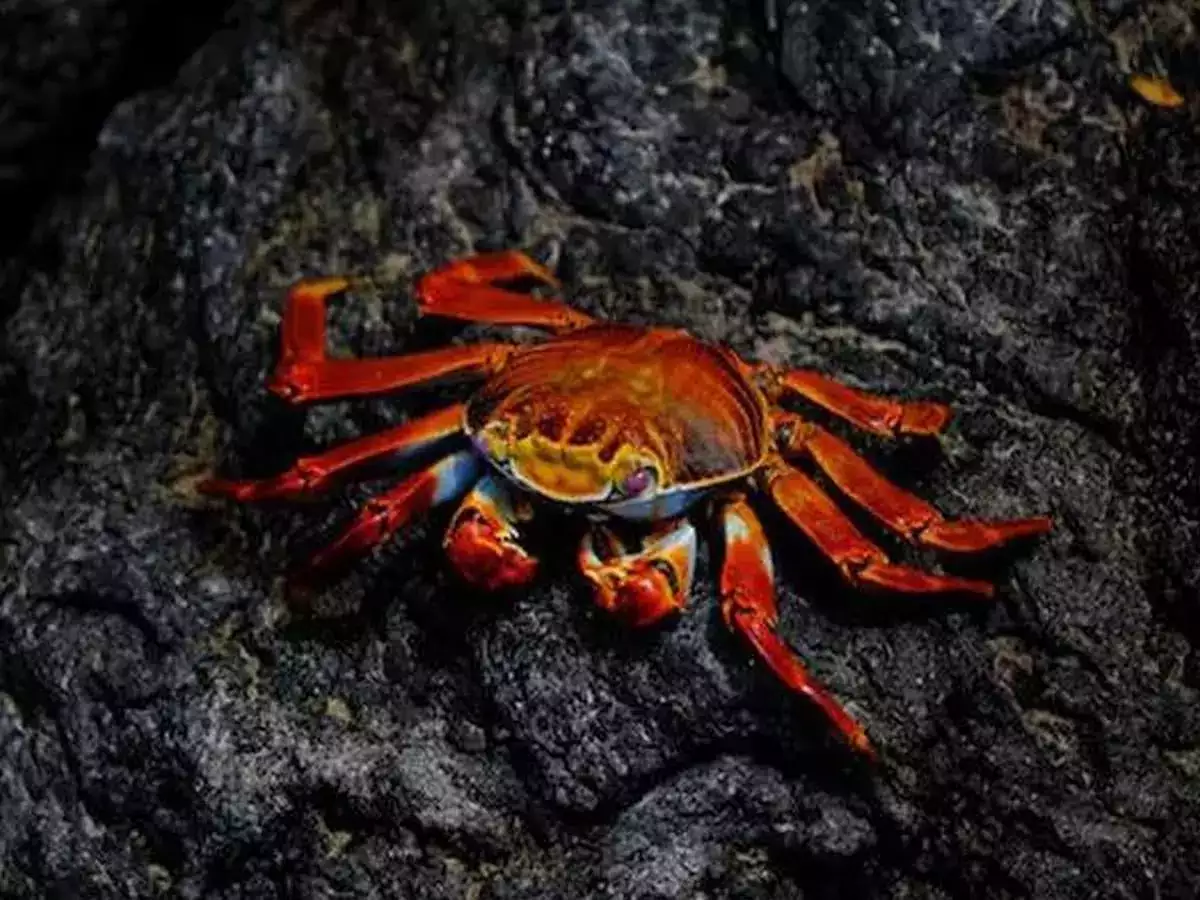Billions of snow crabs have mysteriously disappeared from the waters around Alaska, possibly due to warmer ocean temperatures and subsequent starvation, according to a report CNN. This revelation comes shortly after the Alaska Department of Fish and Game announced the cancellation of the snow crab harvest season for the second consecutive year, citing the alarming decrease in crab population in the frigid Bering Sea.
A study conducted scientists from the National Oceanic and Atmospheric Administration (NOAA) revealed a significant connection between recent marine heat waves in the eastern Bering Sea and the sudden disappearance of snow crabs, which were previously documented in surveys conducted in 2021.
Cody Szuwalski, the lead author of the study and a fishery biologist at NOAA, expressed astonishment upon receiving the 2021 survey data, stating, “When I received the 2021 data from the survey for the first time, my mind was just blown. Everybody was just kind of hoping and praying that was an error in the survey and that next year you would see more crabs.” However, the subsequent year’s surveys only confirmed the downward trend, leading to a sense of resignation among researchers.
While some initially attributed the decline in snow crab population to overfishing, experts clarified that this merely triggered conservation measures and did not provide a thorough explanation for the collapse. Szuwalski emphasized the impact of climate change on fishery scientists’ plans and management systems, stating, “Historically, fishery scientists had been very worried about overfishing – this has been our white whale, and in a lot of places we really solved that with management. But climate change is really throwing a wrench into our plans, our models, and our management systems.”
Researchers investigated possible causes for the disappearance of the snow crabs and narrowed it down to two factors: either the crabs migrated or died. After examining areas north of the Bering Sea, Russian waters, and deeper ocean levels, the scientists concluded that it was unlikely for the crabs to have migrated and deemed a mortality event as a major contributing factor.
The study found a correlation between warmer temperatures and higher mortality rates among mature crabs, suggesting that the increased caloric needs brought about disrupted metabolism due to warmer ocean water led to the crabs’ demise. Snow crabs typically thrive in waters below two degrees Celsius and can tolerate temperatures up to 12 degrees Celsius, though they primarily inhabit cold-water regions.
The disappearance of billions of snow crabs highlights the significant impact of climate change on marine populations and reinforces the need for sustainable management practices in the face of these challenges.

